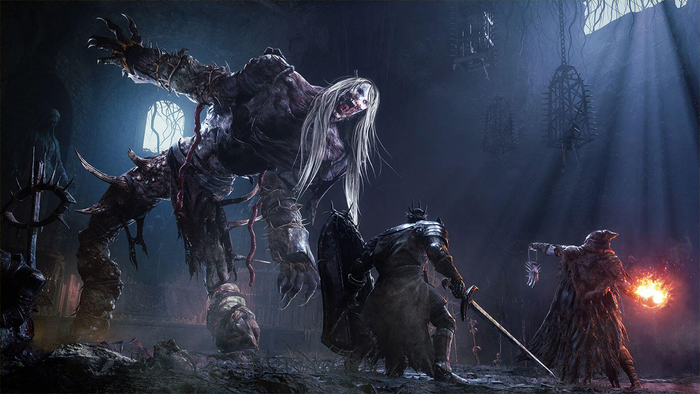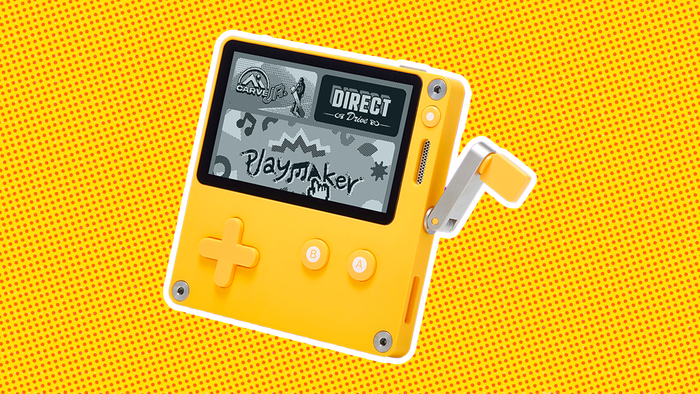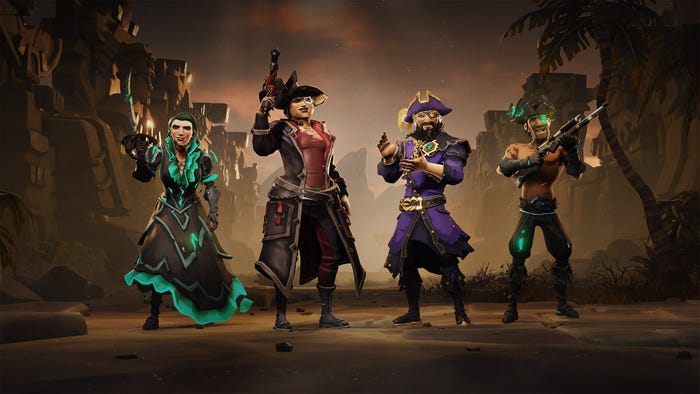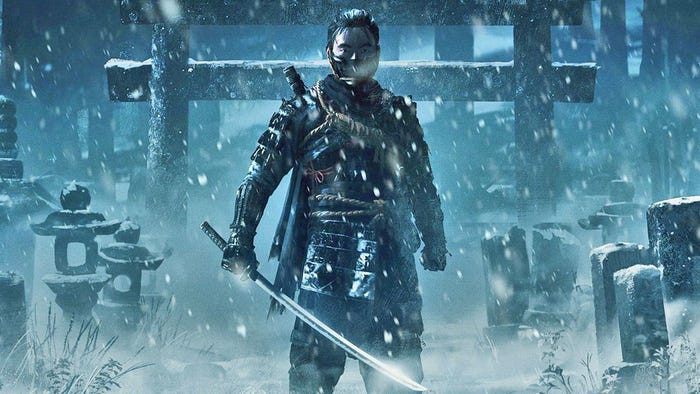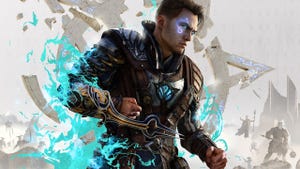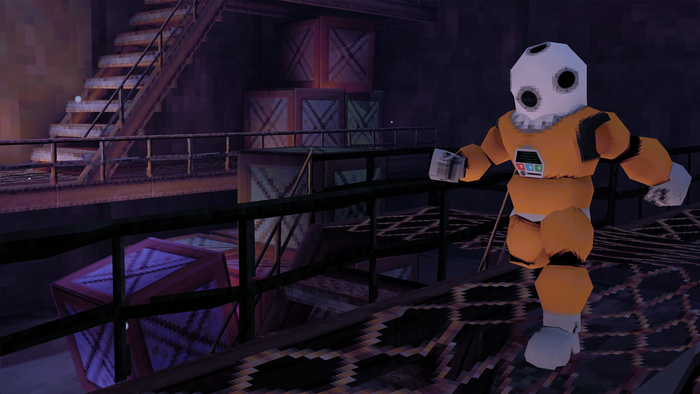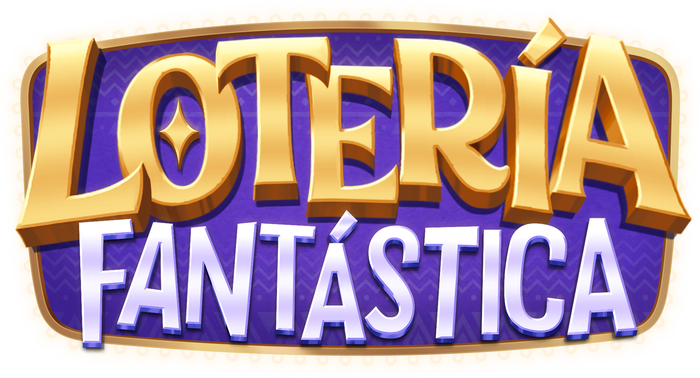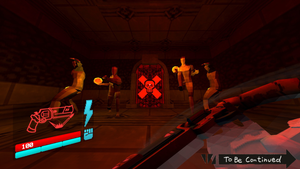Sponsored By
News
An urban sprawl in Cities Skylines II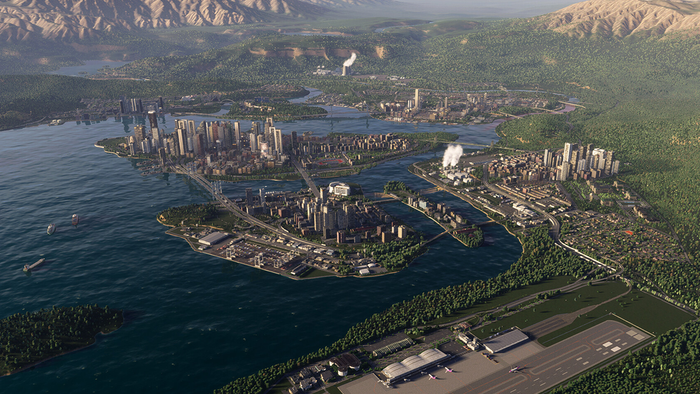
Production
The 'rushed' attempt to rehabilitate Cities Skylines II is becoming a cautionary taleThe 'rushed' attempt to rehabilitate Cities Skylines II is becoming a cautionary tale
Paradox and Colossal Order are struggling to rework Cities Skylines II after a tough launch window, and have now apologized for rushing DLC out of the door.
Daily news, dev blogs, and stories from Game Developer straight to your inbox

